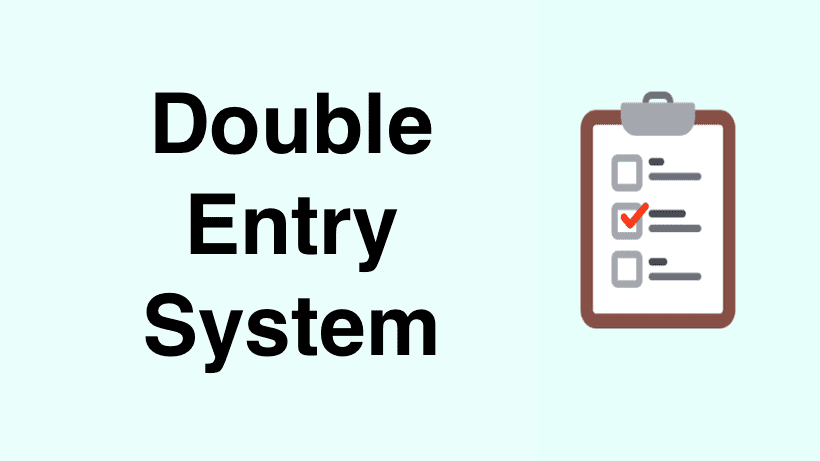Double Entry System –Under this system a proper and full record of all transaction is made every transaction has a double or dual aspect. It is based upon the principal that every receiver implies giver and every giver implies receiver. This method writhing every transaction in two accounts is given debit side and the other account is given credit with an equal amount. Thus, on any date, the total of all debits must be equal to the total of all credit because every debit entry has a corresponding credit.
It was in 1494 that Luca Pacioli the Italian mathematician, first published his comprehensive treatise on the principles of Double Entry System. The use of principles of double entry system made it possible to record not only cash but also all sorts of Mercantile transactions. It had created a profound impact on auditing too, because it enhanced the duties of an auditor to a considerable extent.
Double Entry System
For example, ram purchased goods from Kewal, of Rs.5000. here ram is receiver of goods and hence, debtor of Kewal, who is the giver of goods, that is, he is the creditor of Ram. Similarly, Salary paid to manager is in lieu of the benefit received by the business, in terms of the service rendered ect. Thus, all transaction will have two aspect and a proper record of the transaction is necessary for this, it has to be recognized that.
1.) Each transaction is to be dealt with as standing alone having no preceding ar succeeding connection, and
Advertisement
Content in this Article
2.) A business is regarded as a separate entity quite distinct from its proprietor and the exchange in transaction takes place between the business and the outsider.
Double entry also allows for theaccounting equation(assets = liabilities + owner’s equity) to always be in balance. In our example involving Advertising Expense, the accounting equation remained in balance because expenses causeowner’s equityto decrease. In that example, the asset Cash decreased and the owner’s capital account within owner’s equity also decreased.
Features of Double Entry System
- (i) Every transaction has two fold aspects, i.e., one party giving the benefit and the other receiving the benefit.
- (ii) Every transaction is divided into two aspects, Debit and Credit. One account is to be debited and the other account is to be credited.
- (iii) Every debit must have its corresponding and equal credit.
Advantages of Double Entry System
- (i) Since personal and impersonal accounts are maintained under the double entry system, both the effects of the transactions are recorded.
- (ii) It ensures arithmetical accuracy of the books of accounts, for every debit, there is a corresponding and equal credit. This is ascertained by preparing a trial balance periodically or at the end of the financial year.
- (iii) It prevents and minimizes frauds. Moreover frauds can be detected early.
- (iv) Errors can be checked and rectified easily.
- (v) The balances of receivables and payables are determined easily, since the personal accounts are maintained.
- (vi) The businessman can compare the financial position of the current year with that of the past years.
- (vii) The businessman can justify the standing of his business in comparison with the previous year purchase, sales, and stocks, incomes and expenses with that of the current year figures.
- (viii) Helps in decision making.
- (ix) The net operating results can be calculated by preparing the Trading and Profit and Loss A/c for the year ended and the financial position can be ascertained by the preparation of the Balance Sheet.
- (x) It becomes easy for the Government to decide the tax.
- (xi) It helps the Government to decide sickness of business units and extend help accordingly.
- (xii) The other stakeholders like suppliers, banks, etc take a proper decision regarding grant of credit or loans.
Limitations of Double Entry System
- (i) The system does not disclose all the errors committed in the books accounts.
- (ii) The trial balance prepared under this system does not disclose certain types of errors.
- (iii) It is costly as it involves maintenance of numbers of books of accounts.
Examples of Double Entry
Q: A fleet owner purchases delivery trucks on credit. The total credit purchase is of Rs. 50,00,000/-. All new trucks will be used in daily business operations and will not be sold for the next 10 years. The estimated life of trucks is 10 years. Explain in respect to the Double Entry System.
Ans: This is a credit purchase of trucks. For the transaction, there are two activities, one is credit purchase of the trucks and another is an addition in new inventory. Entries are in respective accounting ledgers.

